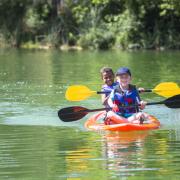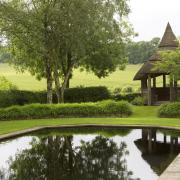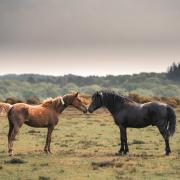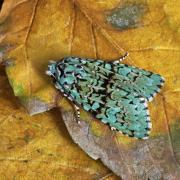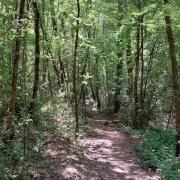Throughout autumn and winter, Hampshire’s beautiful coastline is host to a wonderful array of migratory wading birds, ducks and geese arriving from colder climes. Some travel all the way from Siberia – that’s a flight of more than 3,000 miles.
These seasonal visitors travel staggering distances to take advantage of the area’s milder climate and special habitats. Sand and shingle beaches are ideal places for birds to rest during high tides, while mudflats, saltmarshes and seagrass beds offer up an all-you-can-eat buffet of plant life and marine animals.
Every year around 125,000 birds migrate here, making the area of worldwide importance for birdlife. We are lucky to host a wide variety of species from tiny dunlins and sanderlings to black-tailed godwits and dark-bellied brent geese.
In fact, dark-bellied brent geese love the area so much that around 10% of the whole world’s population arrive on the Solent coastline every autumn. As they fly overhead, you can hear them chattering away to each other, making their glorious guttural ‘crrrronk’ call. Unlike other geese, they don’t fly in V-formations - instead, you’ll see streams of them ribboning across the sky.

All the black-tailed godwits you’ll spot in Hampshire during the colder months have flown here from Iceland. At low tide they like to feed in groups with other black-tailed godwits: you will observe them stabbing their bills up and down in the wet mud like the needles on a sewing machine. In spring, they’ll fly back north to breed, reuniting with their lifelong mates after spending the winter hundreds of miles apart.
All our coastal birds need to feed and rest undisturbed so they can survive the winter and build up enough energy to fly back to their summer breeding grounds. Taking a bracing walk along the Hampshire coastline is a fantastic way to spend time, and there are many welcoming pitstops along the way. Do look out for ducks, geese and wading birds, and move away if you think they have become aware of your presence and keep dogs by your side.
If you are exploring the coast with your four legged companion, there is a selection of dog-friendly walking routes. Each walk has been carefully planned to avoid places where wildlife is feeding or resting, while also including lovely views and a place to play off-lead. Visit the Coast and Country Canines website to find out more at coastandcountrycanines.org

About the author
Alice Ashcroft-Dalley is a ranger with Bird Aware Solent, a partnership organisation which aims to raise awareness of migratory winter birds and encourage people to adopt wildlife friendly behaviour when they’re on the coast. The organisation brings together fifteen local authorities, including Hampshire County Council. Other partners include Natural England, the RSPB, Hampshire & Isle of Wight Wildlife Trust, and Chichester Harbour Conservancy. To find out more visit: solent.birdaware.org


















